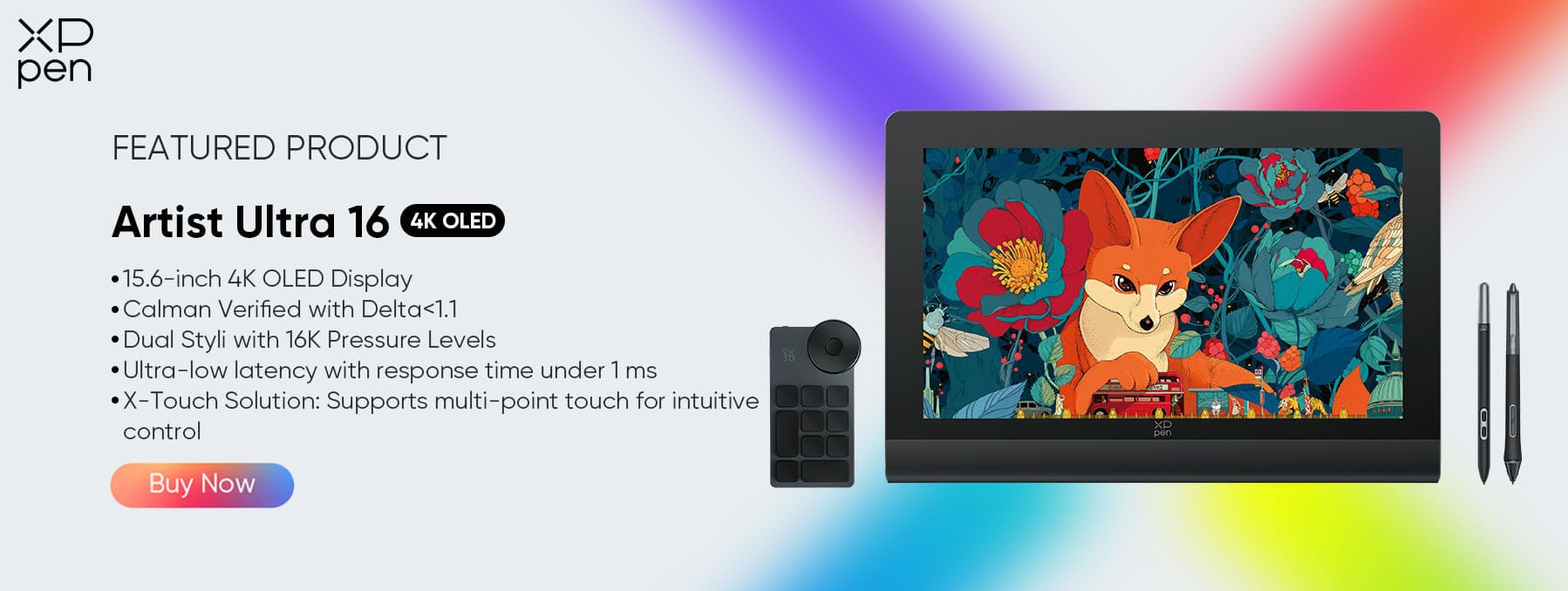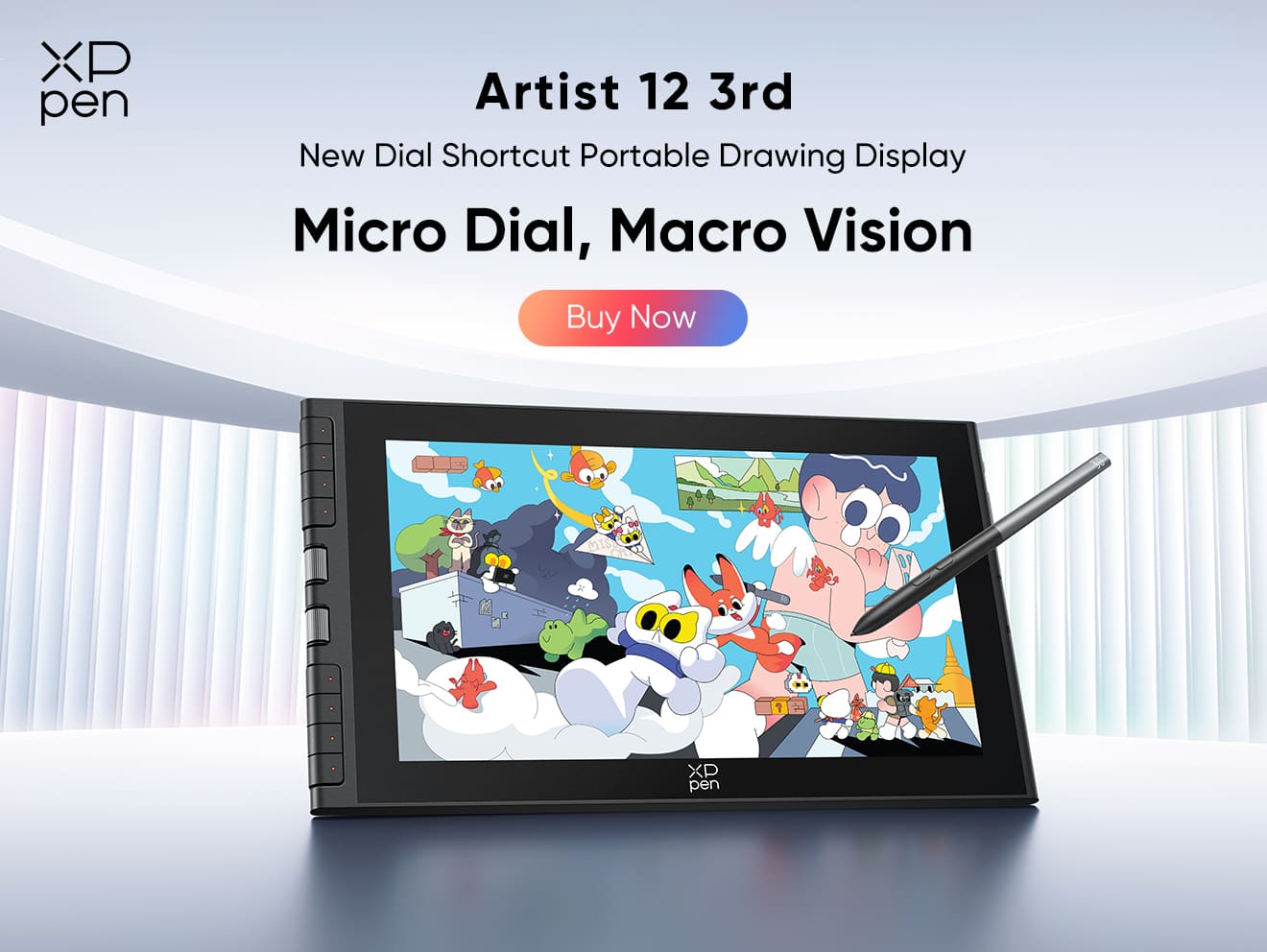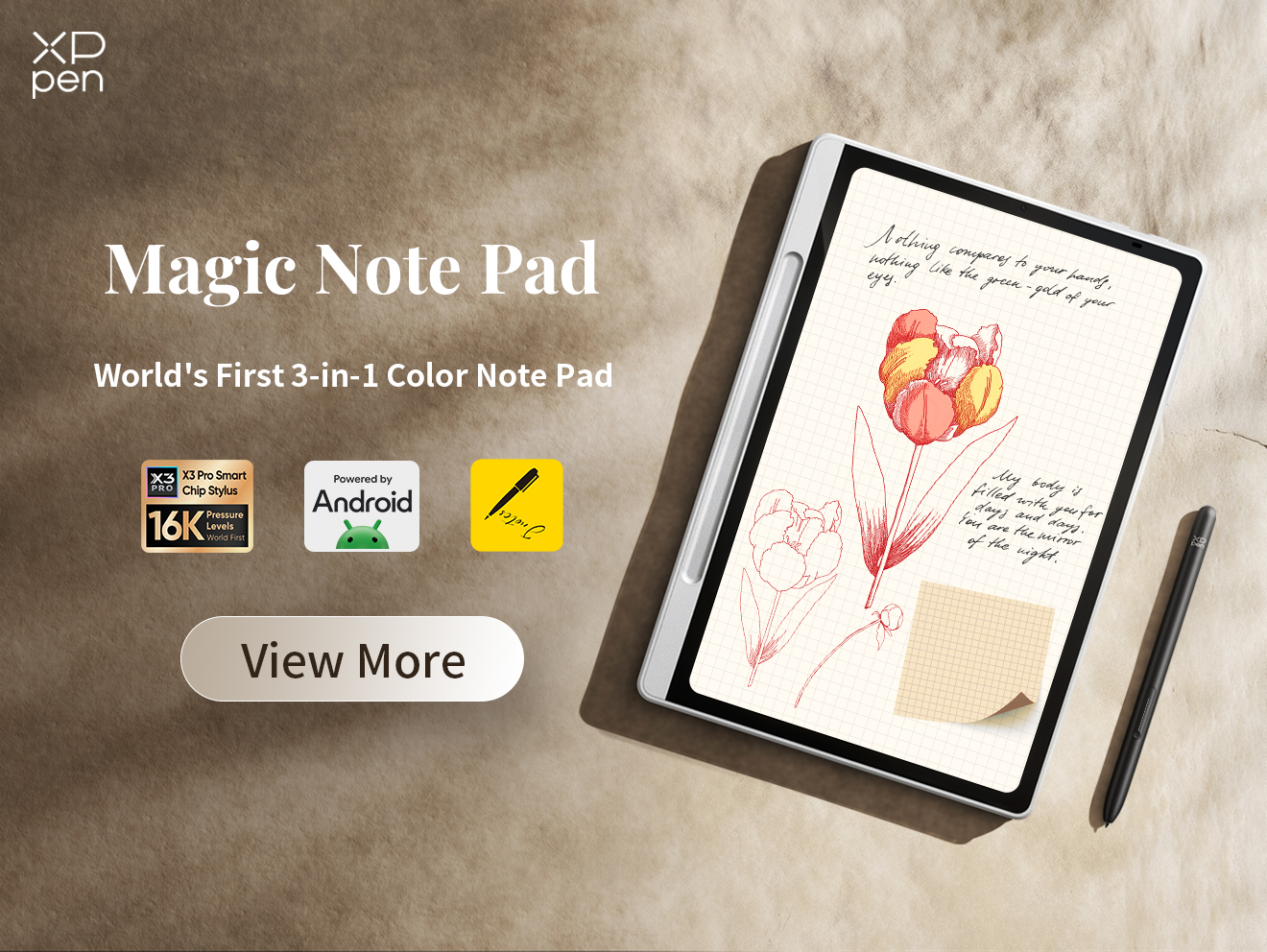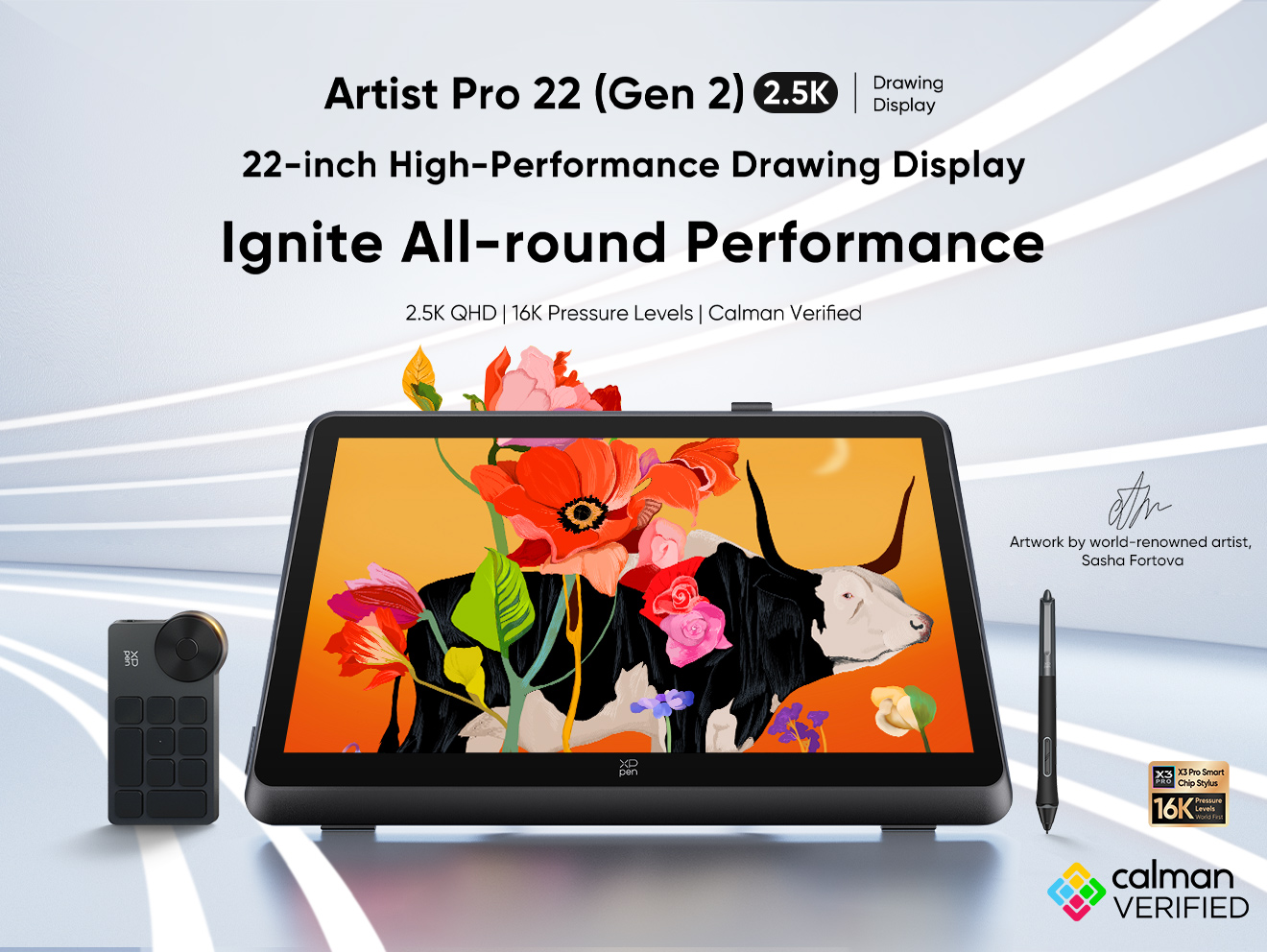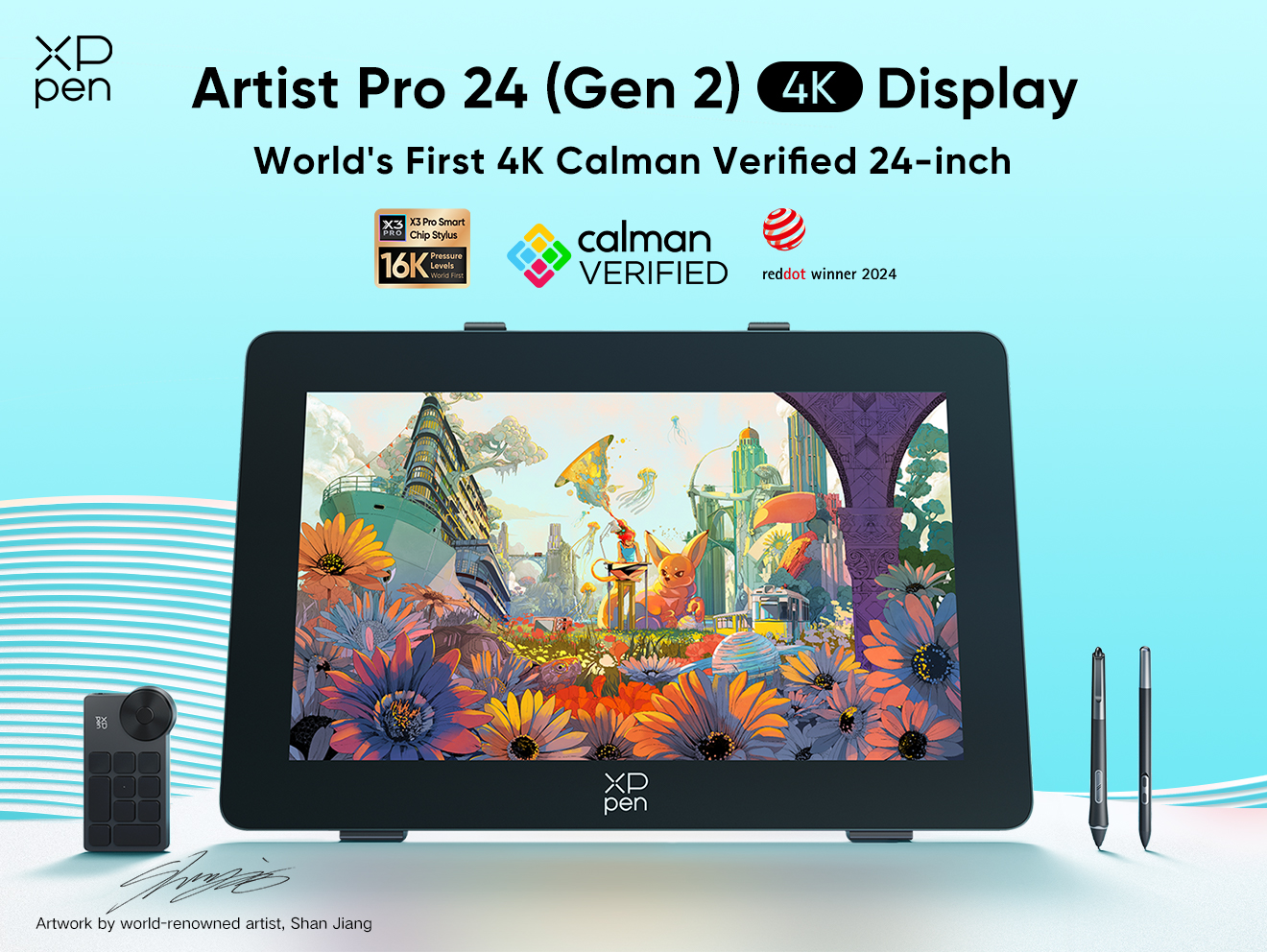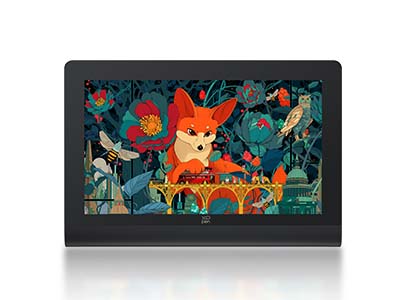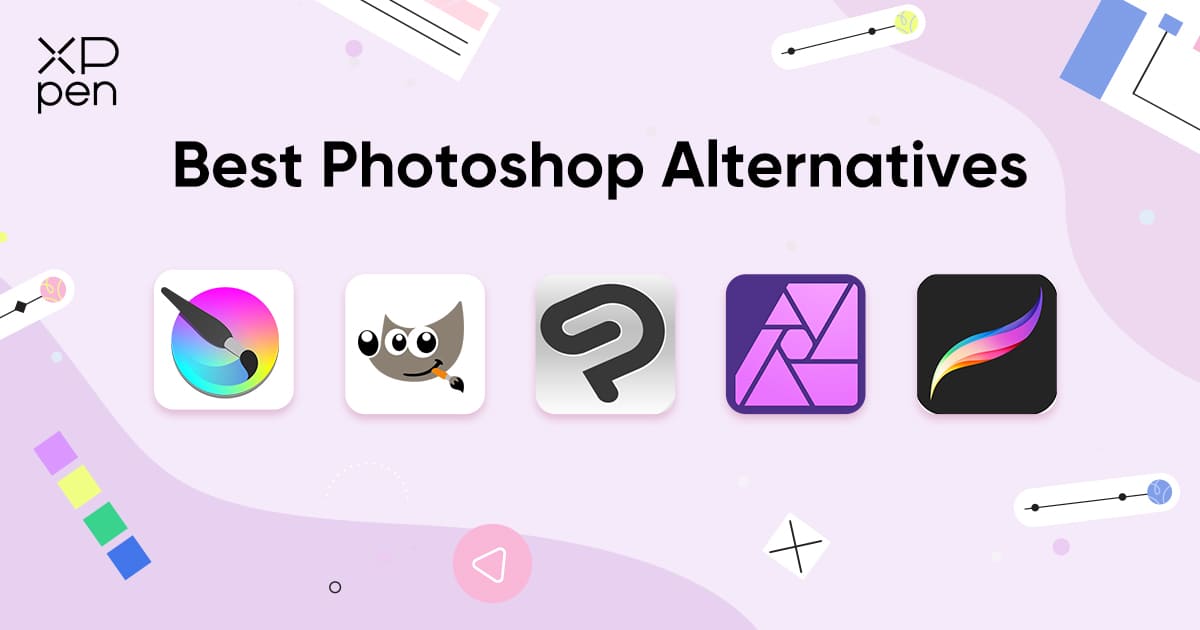
Exploring the Best Photoshop Alternatives for Digital Creators
TIPSIntroduction
For decades, Adobe Photoshop has been the industry standard for image editing and digital creation. Its wide range of tools, layer-based editing, and professional ecosystem make it a favorite among photographers, illustrators, and designers.
But Photoshop isn’t the only option available. Many creators are searching for alternatives for reasons such as:
Subscription costs add up over time.
A steep learning curve for beginners.
Performance requirements that may be excessive for casual use.
The need for platform compatibility with iPads, Linux, or lightweight setups.
Fortunately, a growing number of powerful Photoshop alternatives now meet the needs of digital creators across different workflows.
What Makes a Good Photoshop Alternative?
When evaluating an alternative, the following qualities matter most:
Core Editing Features – Look for essentials like layers, masks, and adjustment tools.
Creative Flexibility – Brushes, filters, blending modes, and special effects add versatility.
File Compatibility – The ability to open and export PSD files is crucial for collaboration.
Performance & Stability – The program should handle large projects without lag or crashes.
Pricing Model – Some offer one-time purchases while others follow subscription models. Choosing the right fit depends on your budget and creative needs.
Top Photoshop Alternatives for Digital Creators (2025)
Affinity Photo
A professional-grade editor available for a one-time purchase, Affinity Photo is one of the strongest competitors to Photoshop. It supports advanced editing, RAW photo processing, and PSD compatibility—perfect for photographers and designers who want full power without recurring fees.
| Pros | Cons |
|---|---|
| One-time purchase model eliminates long-term subscription costs, offering high cost-effectiveness. | Plugin ecosystem is less robust than Photoshop’s; some professional plugins are incompatible. |
| Supports RAW photo processing and PSD files, ensuring strong compatibility with mainstream design workflows. | Has a slight learning curve; beginners need time to adapt to the operation logic of advanced features. |
| Covers comprehensive professional photo editing needs, from basic color grading to complex compositing. | While its iPad version has complete functions, its operational convenience is inferior to mobile-optimized software like Procreate. |
Krita
Krita is free, open-source software known for its incredible brush engine. It’s particularly popular among digital painters and concept artists. While it may not have all the photo manipulation tools of Photoshop, it shines in illustration and painting.
| Pros | Cons |
|---|---|
| Fully free and open-source with no usage costs, making it friendly for individual creators. | Lacks advanced photo editing features (e.g., precise masking, in-depth RAW processing), unsuitable for professional photography retouching. |
| Boasts a powerful brush engine that supports custom brush parameters, delivering smooth painting experiences for diverse creative needs. | Some advanced features (e.g., details of layer blending modes) are less stable than paid software; lag may occur in complex scenarios. |
| Has an active community with abundant free brushes and tutorials, facilitating beginners’ learning. | Interface design prioritizes functionality over visual appeal; interaction smoothness is inferior to commercial software. |
Clip Studio Paint
Favored by comic artists and illustrators, Clip Studio Paint offers a wide variety of brushes, pen tools, and frame creation features. Its subscription is affordable, and it also supports PSD files, making it versatile for both art and light photo editing.
| Pros | Cons |
|---|---|
| Equipped with specialized features for comics/illustration (e.g., storyboarding, tone sheets), highly tailored to target users’ needs. | Advanced photo editing capabilities are limited; unable to meet professional-level retouching demands (e.g., advanced color correction). |
| Affordable subscription plan reduces the financial burden for users compared to high-priced professional software. | Plugin expansion options are relatively scarce, limiting functionality customization for advanced users. |
| Supports PSD file format, enabling seamless file transfer with other design software (e.g., Photoshop) and adapting to collaborative workflows. | Running speed may slow down when handling large files (e.g., high-resolution comic pages), affecting work efficiency. |
Procreate
Exclusively for iPad, Procreate has become a staple for mobile creators. Its intuitive interface, excellent brush engine, and affordable price make it one of the best tools for illustrators and hobbyists. While it lacks advanced photo editing features, its creative flexibility is unmatched.
| Pros | Cons |
|---|---|
| iPad-exclusive design optimizes touch interaction; supports Apple Pencil with pressure sensitivity, delivering a natural drawing experience. | Limited to iPad ecosystem; unavailable on Windows, Mac, or Android devices, restricting cross-platform use. |
| Intuitive interface allows beginners to get started quickly; simple operation logic reduces the learning threshold. | Lacks advanced photo editing functions (e.g., RAW processing, batch editing), unsuitable for professional photography work. |
| Offers an affordable one-time purchase price, with no hidden costs or subscription fees. | File format compatibility is relatively narrow; exporting to some professional design formats requires additional conversion tools. |
GIMP (GNU Image Manipulation Program)
As another free, open-source tool, GIMP is highly customizable with plugins and scripts. Its interface can feel less polished, and the learning curve is steeper, but it offers powerful capabilities for those willing to invest time.
| Pros | Cons |
|---|---|
| Fully free and open-source, with no restrictions on commercial use, making it cost-effective for individuals and small teams. | Has a steep learning curve; interface layout and operation logic are less user-friendly, requiring significant time for beginners to master. |
| Highly customizable via plugins and scripts; users can expand functions according to needs, achieving personalized workflow optimization. | Interface design is outdated and less polished, with lower visual appeal and interaction smoothness compared to modern software. |
| Supports a wide range of image formats and advanced features (e.g., layer masks, path editing), meeting basic professional editing needs. | Some advanced features (e.g., 3D editing, advanced color management) are less mature than commercial software like Photoshop. |
Matching Software with the Right Hardware
Even the best software performs best when paired with the right hardware. Drawing tablets and pen displays bring precision and fluidity to your workflow, making tools like Krita, Clip Studio Paint, or Affinity Photo much more powerful.
Pen pressure, tilt recognition, and accurate displays allow artists to draw, paint, and retouch with natural control, closely mimicking traditional media.
Product Spotlight: XPPen Artist Ultra 16
A perfect hardware companion for Photoshop alternatives is the XPPen Artist Ultra 16.
15.6-inch 4K OLED display with a 100,000:1 contrast ratio, delivering deep blacks and vivid colors—ideal for photo editing and illustration.
Wide color coverage of 99% Adobe RGB, 99% sRGB, and 98% Display P3, ensuring professional-grade accuracy.
<1 ms response time with Dual X3 Pro Series Styli, offering 16,384 pressure levels for unmatched drawing precision.
Fully compatible with Photoshop, Affinity Photo, Krita, Clip Studio Paint, and GIMP.
Lightweight yet professional, making it an excellent choice for digital creators who want a premium display without sacrificing portability.
How to Choose the Best Photoshop Alternative for You
Identify your main creative focus:
Photographers → Affinity Photo
Digital painters → Krita
Comic artists → Clip Studio Paint
Illustrators on iPad → Procreate
Open-source enthusiasts → GIMP
Check compatibility with your operating system and hardware.
Balance your budget with features needed: Decide between a free, subscription-based, or one-time purchase model.
Conclusion
While Photoshop remains a powerhouse, alternatives offer flexibility, affordability, and unique strengths tailored to different types of creators.
Pairing the right software with high-quality hardware, ensures that you get the most out of your creative tools—unlocking precision, color accuracy, and workflow efficiency for every project.
FAQ
Q1: Can Photoshop alternatives open PSD files?
Yes, most major alternatives support PSD import/export.
Q2: Are free alternatives good enough for professional work?
Yes—Krita, GIMP, and others are widely used by professionals.
Q3: Do these alternatives work with drawing tablets?
Yes, most support pen pressure, tilt, and touch on devices like the XPPen Artist Ultra 16.
About Us
Founded in 2005, XPPen is a leading global brand in digital art innovation under Hanvon UGEE. XPPen focuses on the needs of consumers by integrating digital art products, content, and services, specifically targeting Gen-Z digital artists. XPPen currently operates in 163 countries and regions worldwide, boasting a fan base of over 1.5 million and serving more than ten million digital art creators.
Learn moreRecommended Articles
TIPS Procreate vs Photoshop: iPad vs Desktop for Digital Art TIPS Lightroom vs Photoshop: Which is Better for Photo Editing? TIPS Krita vs Photoshop: Is Free Software Good Enough? TIPS Photoshop Elements vs Photoshop: What's the Difference?Looking for the Best Drawing & Design Apps?
Discover essential drawing techniques, expert tips, and the best app recommendations to boost your creativity and master digital art.
